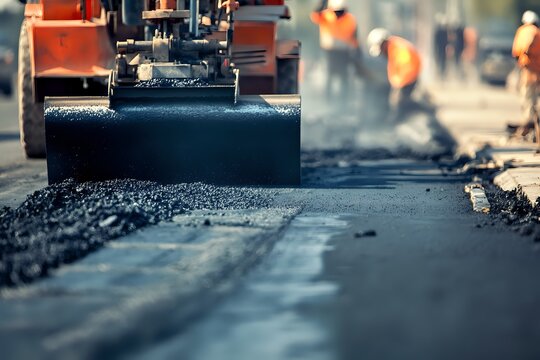Contact Us
RoadVision AI
Private Limited
Office No. 308 & 310, B Block
Ansal Chamber - 1, Bhikaji Cama Place,
Near Engineers India Limited (EIL) Bhawan, New Delhi - 110066
© 2024 | RoadVision AI | All rights reserved
The Indian Roads Congress (IRC) has introduced IRC:SP:101-2014, an interim guideline for Warm Mix Asphalt (WMA) technology. WMA is an innovative bituminous mix that enables the production and application of asphalt at significantly lower temperatures than conventional Hot Mix Asphalt (HMA). This IRC Code outlines the principles, benefits, and best practices for implementing WMA in road construction in India.

The guidelines under this IRC Code cover:
Unlike HMA, which requires heating bitumen to high temperatures, WMA allows mixing and compaction at 30°C to 40°C lower temperatures by incorporating specialized additives. The technology enhances workability, reduces fuel consumption, and minimizes environmental impact.
Plant Modifications for WMATo successfully implement WMA, minor modifications in asphalt plants may be required, such as:
The laying and rolling temperatures in WMA construction are lower than HMA. According to IRC:SP:101-2014, the recommended temperatures are:
To ensure the effectiveness of WMA, the following tests are mandated:
The Future of WMA in IndiaWith increasing environmental concerns and the need for cost-effective infrastructure, the adoption of WMA under IRC Code IRC:SP:101-2014 is a step forward in sustainable road construction. By leveraging modern technology, India can build longer-lasting, eco-friendly roads while reducing carbon footprints.
RoadVision AI is revolutionizing road infrastructure development and maintenance with its innovative solutions powered by computer vision AI. By leveraging advanced technologies, the platform conducts comprehensive road condition monitoring and traffic surveys, enabling early detection of surface issues like potholes and cracks for timely repairs and enhanced roads. Through traffic congestion analysis, RoadVision AI provides data-driven insights to address traffic congestion challenges and optimize road usage. With a focus on building smarter and more efficient road infrastructure, RoadVision AI ensures full compliance with IRC Codes, helping engineers and stakeholders reduce costs, minimize risks, and improve road safety and transportation efficiency.